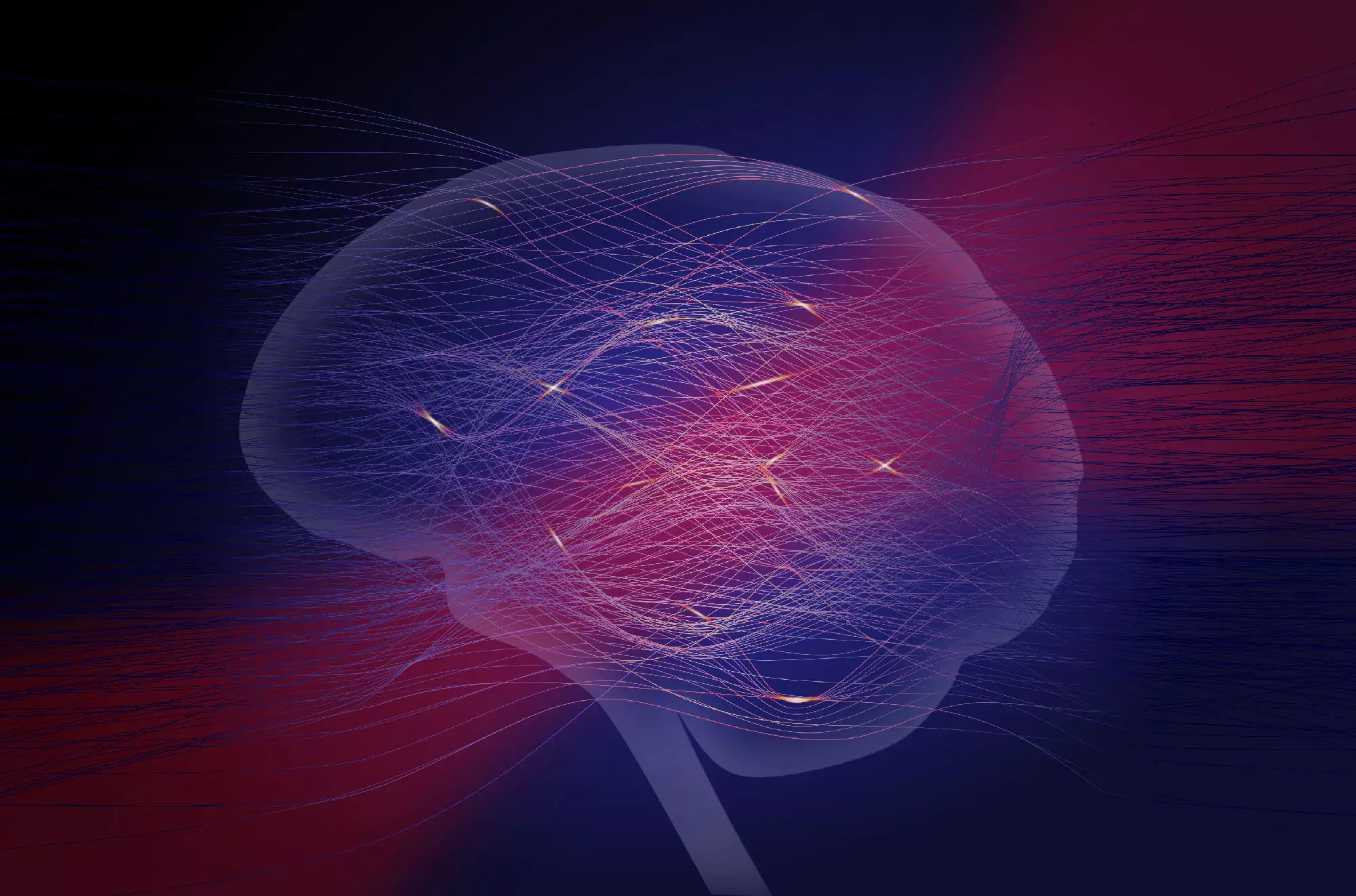The field of machine learning and artificial intelligence is rapidly expanding, with applications in various industries. However, the increasing complexity of neural networks has raised concerns about their sustainability due to rising energy consumption and training times. With the development of neuromorphic computing, scientists are seeking alternatives to traditional digital neural networks to address these challenges.
Researchers at the Max Planck Institute for the Science of Light have introduced a novel method for implementing neural networks using optical systems. By leveraging optics and photonics, energy consumption can be minimized, and computations can be performed at high speeds limited only by the speed of light. This approach offers a more energy-efficient and cost-effective solution compared to conventional methods.
Clara Wanjura and Florian Marquardt have proposed a groundbreaking technique for optical neural networks in a recent publication in Nature Physics. Unlike traditional methods that rely on complex physical interactions, their approach involves changing the light transmission to imprint input signals. This simple yet innovative method allows for arbitrary processing of input signals without the need for high-power light fields, addressing one of the key challenges in neuromorphic computing.
By sending light through the system and observing the transmitted light, the researchers are able to evaluate the output of the network and gather relevant information for training. This streamlined approach eliminates the need for complex training methods and significantly reduces experimental requirements. In simulations, the authors have demonstrated that their method can achieve the same level of accuracy as digital neural networks in image classification tasks.
Moving forward, the researchers plan to collaborate with experimental groups to explore the practical implementation of their method. The versatility of their approach allows for adaptation across a wide range of platforms, opening up new possibilities for the development of neuromorphic devices. With the potential to revolutionize machine learning through optical neural networks, this research represents a significant step towards a more sustainable future for artificial intelligence.
The integration of optical systems in neuromorphic computing offers a promising solution for the challenges posed by traditional neural networks. By harnessing the power of optics and photonics, researchers are paving the way for more sustainable and efficient machine learning technologies. The innovative method proposed by Clara Wanjura and Florian Marquardt has the potential to reshape the field of artificial intelligence, leading to faster, more energy-efficient neural networks. As we enter a new era of technological advancement, optical neural networks may hold the key to unlocking the full potential of machine learning in the future.


Leave a Reply